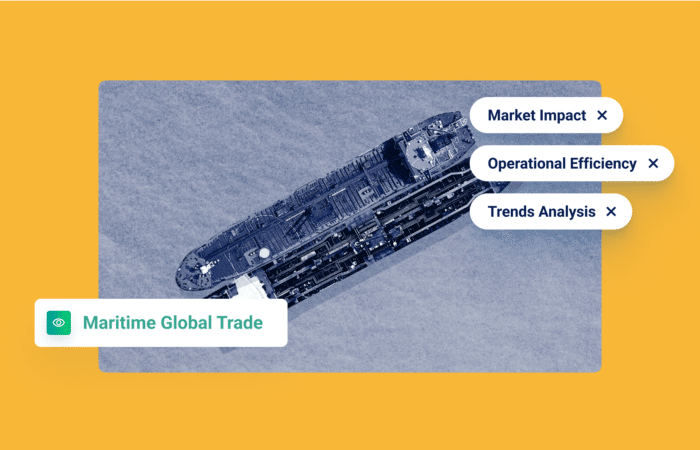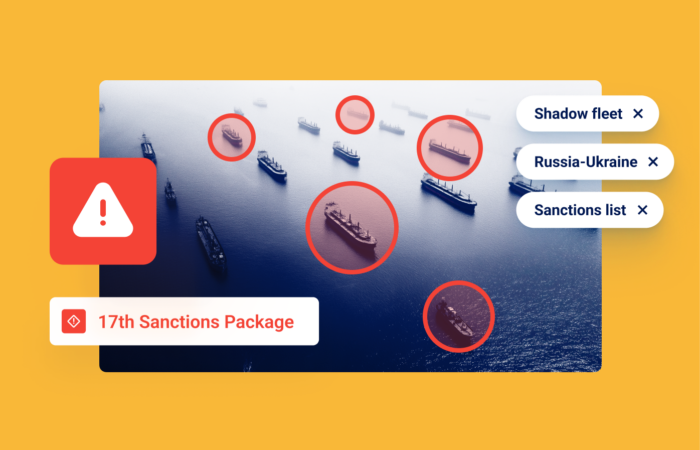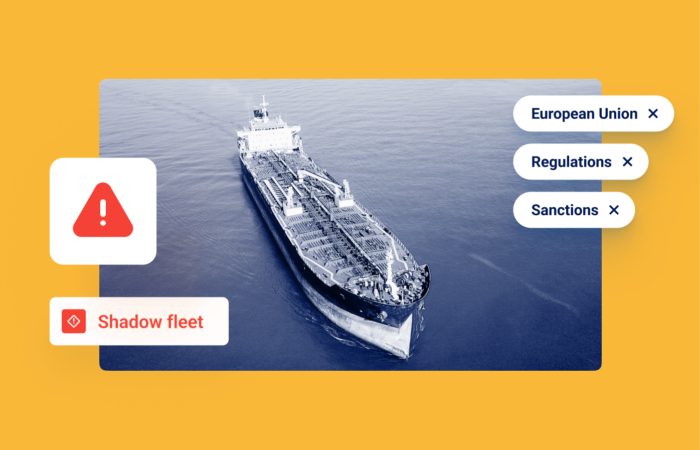900 Reasons to Worry about Russian Price Cap’s New Phase

What’s inside?
The West’s price cap on Russian crude oil can be defined as a success up until this point when measured against its two main goals:
- Keeping Russian oil flowing, so as not to accelerate a looming global recession
- Limiting Russian financial gains, to pressure the country in an attempt to halt (or at least limit) its invasion of Ukraine
Reuters notes that Urals and KEBCO crude oil loadings from Ust-Luga, Russia’s Baltic port, during Feb. 1-10 could increase to 1 million tons from 0.9 million in the plan for the same period of January, according to traders. This is an 11% upswing on a daily basis, according to Reuters’ calculations.
Traders also said they expected oil loadings from Russia’s Baltic ports to increase 50% in January compared to December, with sellers attempting to meet strong demand in Asia and benefit from higher global energy prices.
In terms of limiting Russia’s profits, Fortune wrote:
“The price on Urals crude is down sharply versus Brent since the start of the G7 cap,” wrote Robin Brooks, chief economist of the international finance industry lobby group IIF. “That’s good, as Putin gets less cash to fight his war.”
Last year, the average price for Russia’s “Urals” benchmark grade was $76.09 per barrel, the country’s finance ministry said last week.
The price plummeted in December, however. In the first month of the cap, it fell to an average of just $50.47 per barrel, down nearly a third from the comparable period a year earlier.
Worse for Moscow, Urals crude recently traded at $38 – below the $40 threshold that many believe to be Russia’s production cost.
900 new reasons to worry?
Starting on December 5, 2022, the group of Seven (G7) coalition set a maximum price of $60 per barrel for Russian crude oil. Beginning on February 5, 2023, the G7 will impose a price cap on Russian oil products – mainly diesel, kerosene, and fuel oil – to further reduce the Kremlin’s margins.
New prices had not been agreed upon at the time this blog post was published, but negotiations were well underway.
Tracking and enforcing this new phase of the oil price cap may prove more complicated, according to oilprice.com:
“…capping Russian oil product prices is likely to prove a much more onerous task than capping its crude, for the simple reason that there are many more oil products and their prices depend more on where they are purchased, not produced. For instance, diesel and kerosene tend to trade at a premium to crude, while fuel oil typically sells at a discount.”
Out of the total population of oil product tankers (diesel, kerosene, fuel oil, etc.) in the world fleet, which is estimated at approximately +9,000 vessels, around 900 vessels will be flagged starting on February 5 as “high” and “medium” risk by Windward Maritime AI™ platform’s Russia Regime model. These tankers have either recently made port calls in Russia, are owned by a Russian company, have recently engaged in ship-to-ship (STS) engagements with Russian vessels, etc.
Since the beginning of 2022, these 900 risky vessels have made more than 200 port calls in Russia. 84% of these port calls were followed by a port call in the U.S., UK, or EU. The addition of oil products tankers to the price cap regulation imposes an increased risk for the trading and shipping industry, and emphasizes the need for updated and accurate insights to enable smart and efficient decision-making.
Obviously, companies throughout the maritime ecosystem do not want to limit their business activities due to concerns and false positives stemming from those potential +9,000 oil tankers. Without predictive intelligence and Maritime AI™ capabilities, though, it will be extremely difficult to separate the proverbial wheat from the chaff.
And there is a good reason to focus on the 900 high risk vessels, starting on February 5. Russia, and affiliated businesses and vessels, are unlikely to just accept the tightening cap. Expect deceptive shipping practices to proliferate.
Organizations caught engaging with one of the 900 vessels, or purchasing oil products they transported at a price above the cap, are opening themselves up to unnecessary reputational and financial risk, right at a time when many organizations in the maritime ecosystem are attempting to achieve greater efficiency and to cut costs in preparation for a recession.
This third and so far final stage of the price cap implementation will be interesting to observe. Will it contribute to the already increasing “shadow fleet” (“mysterious newcomers” selling Russian oil) trend? Will the price of Russian oil continue to drop? Will we see an increase in deceptive shipping practices that will help illicit actors conceal the origin of the oil?
Stay tuned for the detailed report we will release shortly with interesting insights on the first year of the Russia-Ukraine conflict and its effect on the maritime sphere.
All parties are expected to undertake reasonable due diligence based on available information, but due to the many ways one can conceal the true price of trades, price attestation alone will likely not be enough. Constantly screening +9,000 vessels is not scalable or practical when trying to run business as usual, and there aren’t many solutions available for flagging risky oil products, but Windward can help.












